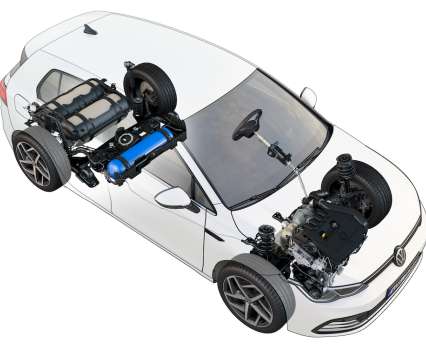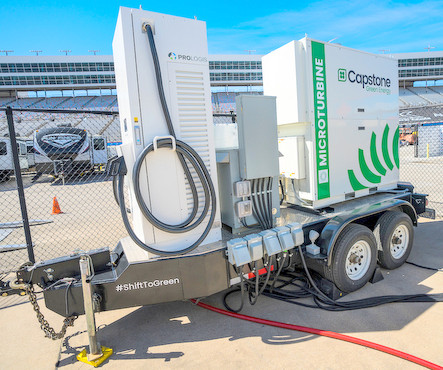New VW Golf now available to order with natural gas drive
Green Car Congress
OCTOBER 22, 2020
The new VW Golf is now also available in certain markets with natural gas drive: the Golf TGI is equipped with a 1.5-liter liter four-cylinder engine with 96 kW / 130 PS and three natural gas fuel tanks. The tanks are integrated into the underbody and permit a range of around 400 kilometers (WLTP) in pure natural gas mode.









































Let's personalize your content